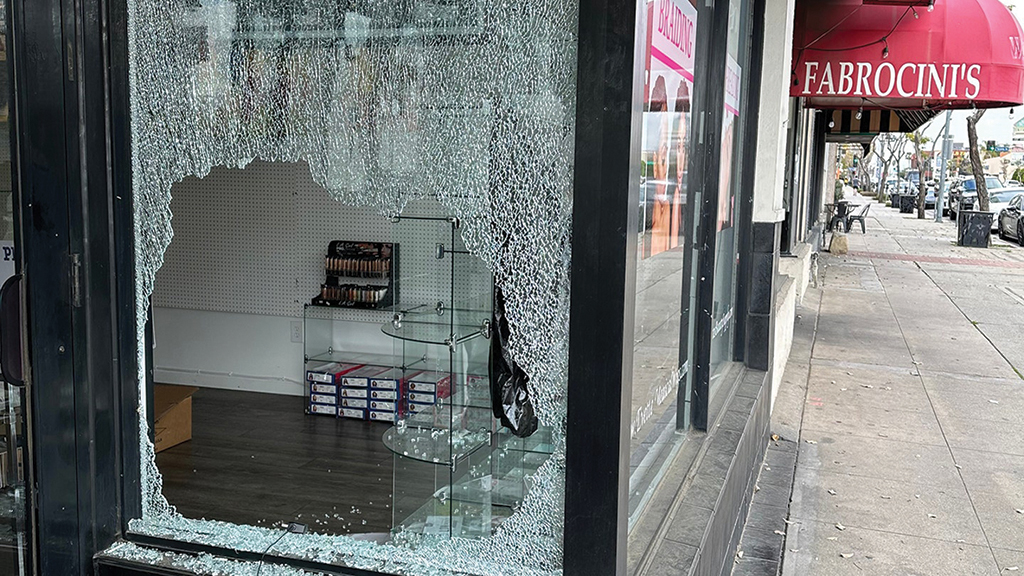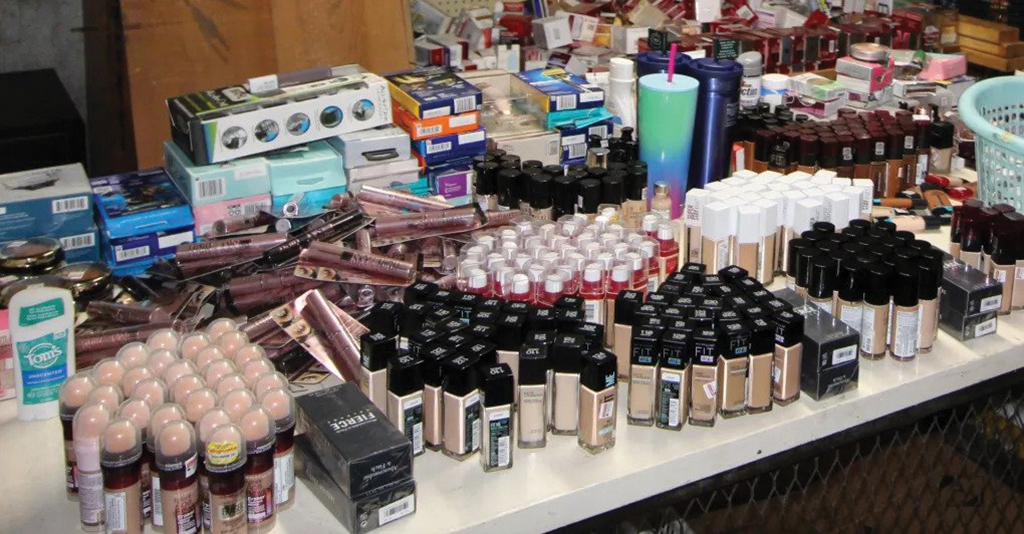Organized theft is a growing threat to retailers

Rising inflation and the widening wealth gap have led to the surge of retail theft crime. Especially since the pandemic, organized retail crime (ORC) has emerged as a threat that is on a wholly different level than the traditional shoplifting crime. As the loss due to theft continues to increase, large chains like Target have decided to close several stores this year. According to the National Retail Federation (NRF), “organized retail crime” jumped 26.5% over the last year. As we approach the holiday shopping season, which accounts for more than 20% of U.S. retail sales, we look at how organized retail crime can be prevented.
Key differences between shoplifters and organized retail crime (ORC)
1. Individuals vs. groups
Shoplifter: Usually, an individual who commits crime by stealing a product from a store.
ORC: Organized groups work together to commit large-scale theft.
2. Uses of stolen goods
Shoplifter: Steals items primarily for their own personal use.
ORC: Steals to resell stolen goods in a black market.
3. How crimes are committed
Shoplifter: Typically steals merchandise by concealing it in bags or clothing.
ORC: In addition to, smash and grab, where a large group raids a store and commit the crime in matter of seconds, low-rank members of the gang may go from store to store stealing specific items as directed by the group. The stolen items are then transported to other regions and countries, and they are often sold through online platforms.
4. Size and organization
Shoplifters: operate individually or in small groups.
ORC: Forms a criminal organization having division of roles and organized planning and execution of mass resale of stolen goods. Sometimes it’s accompanied by violent actions, such as pepper spraying employees or wielding weapons.

California-based Evette’s Beauty Supply lost nearly $100,000 worth of merchandise in a total of six organized thefts, prompting the company to close five Los Angeles locations. The main stolen items were high-end human hair wigs, and the thefts were accompanied by violence and threats.
Shadow of Retail Crime: Criminal Networks of ‘Boosters’ and ‘Fences’
Organized retail crime involves professional thieves and gang members called “boosters,” as well as people from economically disadvantaged backgrounds and minor offenders. The boosters work by stealing the products they are assigned and then selling them to middlemen called “fences”. “Fences” receive these stolen goods and prepare them for resale. This preparation involves removing anti-theft tags, repackaging products, and laundering illegally earned money. At the same time, they continue to research and develop strategies and methods to evade and deceive security devices. This includes ways to disable security guards, security cameras, and various security systems. Organized retail crimes tend to take place in or around large cities, often in locations that make it easy for criminals to make a quick getaway after stealing goods.

A variety of cosmetics and household products were among the $200,000 worth of stolen goods in possession of suspects who were arrested in downtown Los Angeles. In response to the recent rise in organized retail theft across the country, Los Angeles has created a dedicated task force. Source: Los Angeles Police Department
How to protect your store from organized retail crime
Organized retail crime is a large-scale, organized form of crime that calls for advanced security systems and collaboration with law enforcement. This means that you need to take a different approach than traditional anti-theft measures. Industry experts generally suggest the following strategies.
- Secure the outside of your store: Use roll-down gates or tempered glass to prevent access from the outside.
- Securely store products: Reduce exposed inventory in sales floors, and store high-value items in plexiglass display cases. However, storing too much merchandise in plexiglass can reduce sales and cause inconvenience to customers as a side effect.
- Tracking stolen goods: RFID (radio frequency identification) tags often go undetected by thieves, making it easier to track stolen goods and prosecute perpetrators.
- Introduce enhanced security systems: Introduce security systems such as license plate readers and facial recognition security cameras. Some retailers are already using AI-enhanced camera systems to prevent theft. The system automatically notifies you whenever it detects suspicious behavior. Newer security features include deployment of a large amount of “fog” or “smoke” in the event of a robbery and a dazzling strobe light. The strobe light can be accompanied by a siren to further confuse thieves. In fact, this combination is considered highly cost-effective.
- Layout changes: Change the layout and display of your store to make it harder for criminals to access and break into your store. Especially if your store is structured in a way that makes it easy for thieves to get away, you could be an easy target for crime.
- Investigate similar crimes: Investigating similar ORC cases and analyzing them is important and can help identify and track criminals.
- Share information and collaborate: Increase collaboration with local retailers and retail associations to track and respond to ORC groups.
- Staff training: Educate employees about ORC patterns to encourage them to report suspicious activities quickly.
- Emergency response plan: Have an emergency response plan shared with all employees to provide guidance on what to do in the event of an emergency. The plan should include instructions and a list of contacts for responding to a robbery or theft, and the safety of your employees should be your top priority in any case. For example, employees should be trained to respond in non-physical ways in dangerous situations.
Protecting your store from organized retail crime requires a variety of strategies, including enhanced security systems, collaboration with law enforcement, education, information sharing, and adopting new technology. The INFORM Consumers Act, which went into effect in June 2023, restricts online platforms from selling stolen and counterfeit goods. The law imposes large fines on a violating platform, and the U.S. government encourages continued cooperation and response to address organized retail crime.